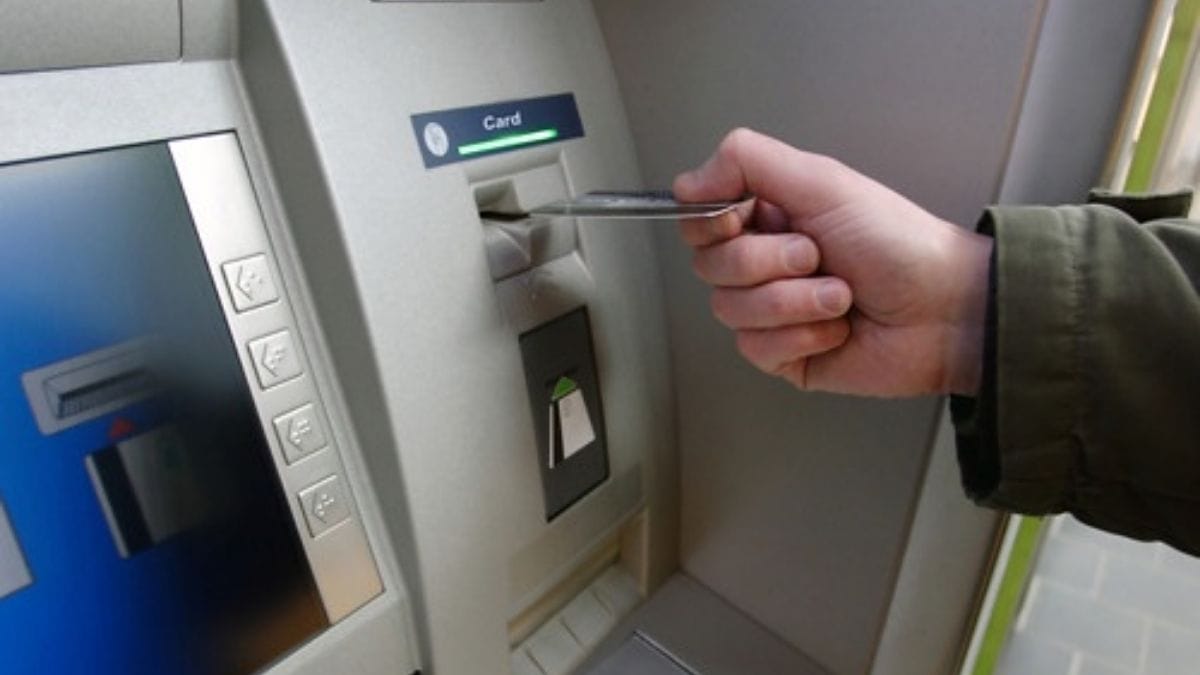RBi in a circular dated August 10 had announced that ATMs that have not been replenished with cash will be penalized. The objective behind this ‘Scheme of Penalty’ is to ensure sufficient cash is available to the public through ATMs.
Speaking about the new move Shruti Khandare, Chief Marketing Officer, MyFundBazaar told LiveMint, “The penalty approach alone is implausible to resolve the issue of ATM cash accessibility, despite the objective behind the RBI proposition being purposeful. While the on-ground implementation of RBI is the key for efficient cash-forecasting & prompt availability of currency to upload ATMs on time with sufficient amount of money, what really needs to be addressed is the fundamental cause of every ATM running dry – sub-optimal cash-forecasting & the delay in the availability of ATM-fit currency.”
Sonali Kulkarni, Lead – Financial Services, Accenture India on the other hand told LiveMint, that banks and ATM service providers may face troubles initially but such a mandate will ensure that money will be available to the public to withdraw.
“While banks and ATM managed service providers may experience some teething troubles in adapting to the new RBI guideline on non-replenishment of ATMs, the guideline will ensure uninterrupted and adequate cash available to the public.”
She also added that banks need to adopt a data-driven approach for cash management in ATMs especially during the pandemic. “During the pandemic, a large number of banks in India discovered the merits of data and AI-driven risk discovery and mitigation. Today, we see banks investing in advanced analytics that enables early warnings on market and credit risk. We see the same scenario being mirrored in ATM operations management. Banks will need to adopt a data-driven approach and leverage machine-learning powered predictive analytics to forecast cash management at ATMs and thereby, manage liquidity more effectively,” she said.
The new rule will be effective from October 1, 2021. Cash-out at any ATM of more than ten hours in a month will attract a flat penalty of Rs. 10,000 per ATM. In the case of White Label ATMs (WLAs), the penalty would be charged to the bank which is meeting the cash requirement of that particular WLA.


